Celebrating Women’s History Month: Women Who Revolutionized the World Through Innovation
Throughout history, women have made remarkable contributions to technology, and innovation, often without receiving the recognition they truly deserve. From life-saving advancements to groundbreaking discoveries, their inventions have had a profound impact on the world we live in today.
In celebration of Women’s History Month, Cowan, Liebowitz & Latman invites you to learn about some transformative inventions by women that not only changed their respective fields but also shaped modern society.
Florence Parpart
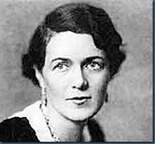
Florence Parpart was an American inventor who invented and patented an improved street sweeper, automating the cleaning of city streets, and an electric refrigerator, which revolutionized food storage and preservation. In the early 1900’s, perishable food was chilled in ice boxes, which were made obsolete by Parpart’s refrigerator design for those with access to electricity. Parpart’s work paved the way for modern refrigeration and had a profound effect on food preservation (making perishable foods available regardless of season), food distribution (enabling transportation of food over long distances), and reduction of food waste. Below is a drawing from one of her patents illustrating a street sweeping machine.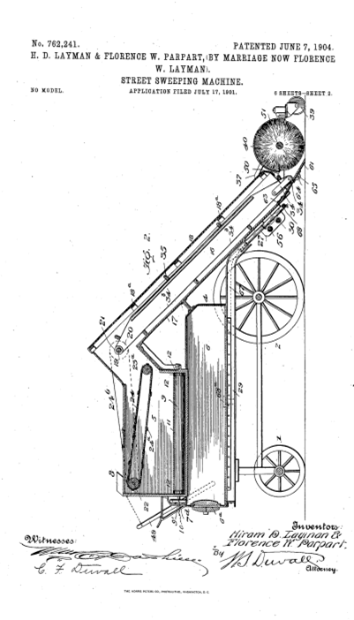
Marie Van Brittan Brown
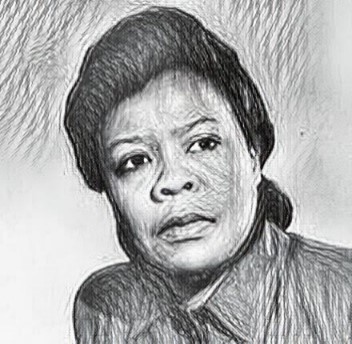
Attribution: See page for author, CC BY-SA 4.0, via Wikimedia Commons
Marie Van Brittan Brown was a pioneering inventor whose work laid the foundation for modern home security systems. In 1969, Marie Van Brittan Brown and her husband were granted a patent on a first home security system, which included a camera, a television monitor, and microphones, and allowed homeowners to see and communicate with visitors at their door from the safety of their home. Her invention also included an emergency alarm system that could connect directly to the police, which was a game-changer for residential safety. Brown's innovative work has had a lasting impact, influencing the development of modern security technology that is now commonplace in homes worldwide. Below is a drawing from one of her patents diagramming a home security system using television surveillance.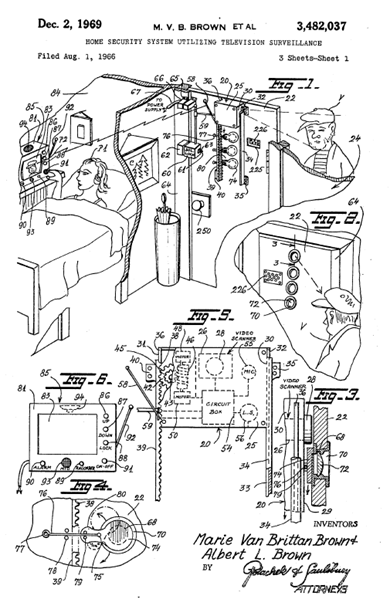
Emmanuelle Charpentier and Jennifer Anne Doudna
Attribution: For Emmanuelle Charpentier portrait, credit Bianca Fioretti of Hallbauer & Fioretti. For Jennifer Doudna portrait, credit User:Duncan.Hull and The Royal Society., CC BY-SA 4.0, via Wikimedia Commons
Emmanuelle Charpentier and Jennifer Anne Doudna are two scientists whose groundbreaking work on CRISPR-Cas9 gene editing technology has revolutionized the field of genetics. In 2012, Charpentier and Doudna co-discovered the potential of the CRISPR-Cas9 system, originally a defense mechanism in bacteria, to be adapted as a powerful tool for precise gene editing in living organisms. Their discovery allowed scientists to modify DNA with unparalleled accuracy, opening up new possibilities for genetic research, medicine, and even agriculture. Their work has led to numerous breakthroughs, including development of disease-resistant crops, creation of innovative cancer therapies and the potential to treat genetic disorders. In recognition of their work, Charpentier and Doudna were jointly awarded the Nobel Prize in Chemistry in 2020, marking a historic achievement in scientific history. Below is a schematic diagram illustrating gene splicing using CRISPR technology.
Marian Croak
Attribution: New America, CC BY 2.0, via Wikimedia Commons
Marian Croak is an engineer and inventor whose work has had a profound impact on modern telecommunications. A pioneer in the field of Voice over Internet Protocol (VoIP), Croak developed key technologies that made it possible to transmit voice communications over the internet, revolutionizing the way people communicate globally. Over the course of her three-decade career at Bell Labs and AT&T, Croak led the development of innovative systems that laid groundwork for services like Skype, WhatsApp, and other internet-based calling platforms. Croak has been awarded over 200 patents in areas including VoIP and other internet technologies. Her groundbreaking contributions have earned her widespread recognition, and she continues to inspire the next generation of women in tech. Below is a drawing from one of her patents diagramming a system of communication from one location to another.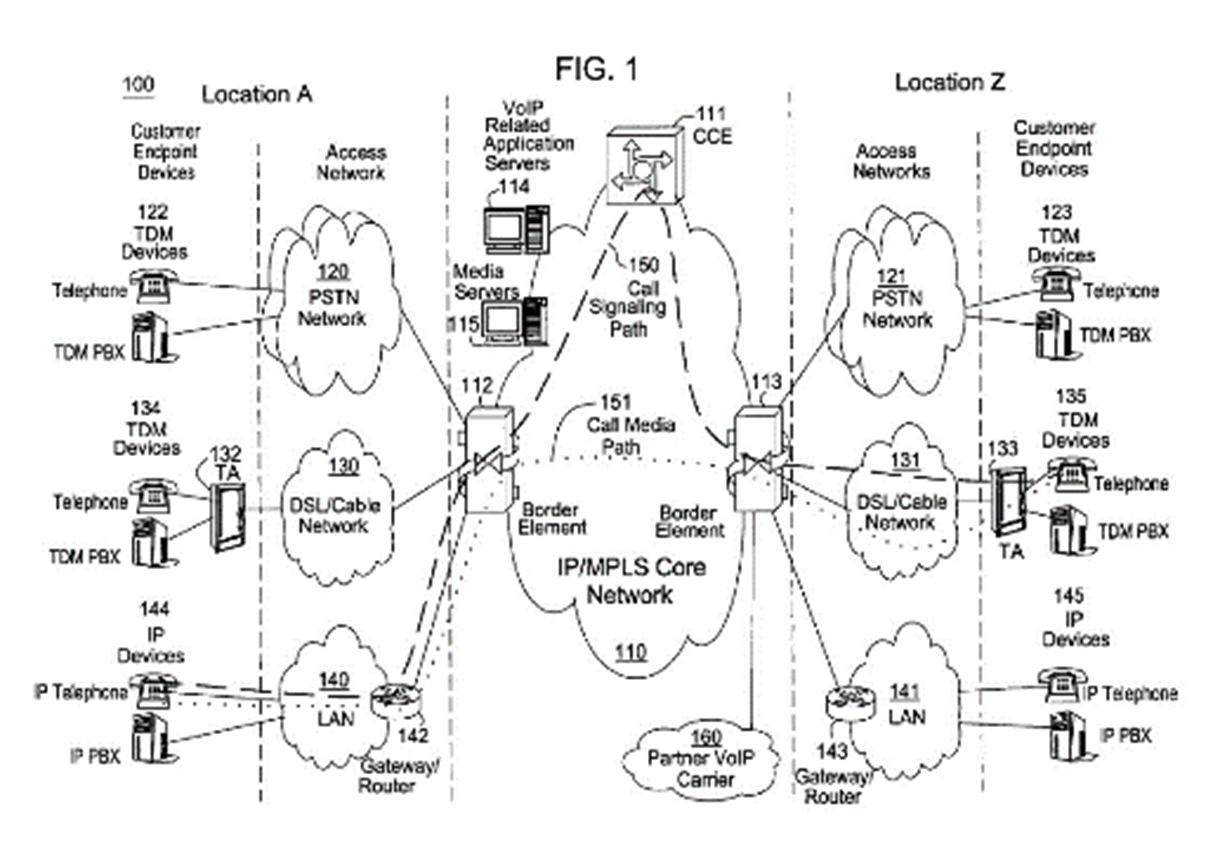
Stephanie Kwolek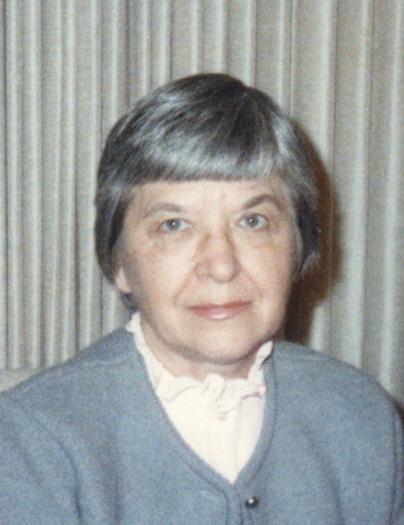
Attribution: Science History Institute, CC BY-SA 3.0, via Wikimedia Commons
Stephanie Kwolek was an American chemist best known for her invention of Kevlar® high-strength synthetic fiber material, which has had a significant impact on safety and material science. While working at DuPont in the 1960s, Kwolek made an unexpected discovery that led to creation of a family of synthetic fibers with exceptional strength and stiffness, including Kevlar® material. This material has many applications and is used in bulletproof vests, helmets, and other protective gear, as well as in boats, airplanes, tires, fiberoptics and even space exploration equipment. Kwolek’s groundbreaking discovery revolutionized materials science and safety technology, earning her numerous accolades and becoming one of the most important inventions of the 20th century. Below is a photo of a bullet-proof vest.

The above inventions, among others, continue to impact our daily lives, health, safety, and technology and highlight the brilliance, resilience, and ingenuity of women throughout history.